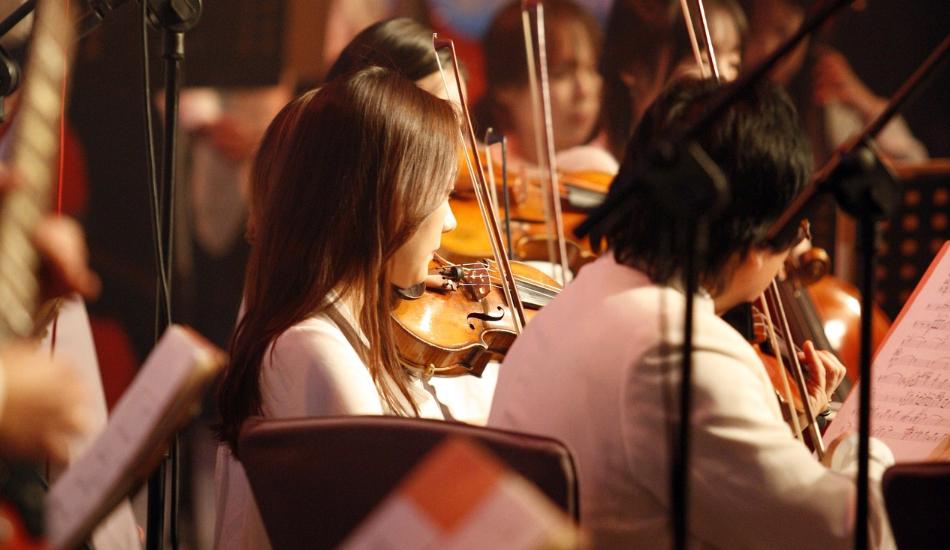We have all heard the saying: “Practice makes perfect”. Both teaching and learning techniques are never-ending and ever-evolving, and there are numerous ways to acquire knowledge and leverage particular skills. One of those techniques is learning by doing, which is deemed very effective due to its benefits.
There is an old adage: “We teach that which we most need to learn.”
Learning by doing: Let’s go
Learning by doing implies going into action. It encompasses the principle of rolling up your sleeves, the idea that humans can understand and learn something better, more effectively, and often faster by actually doing the job or task. It implies getting better with practice.
The great golfing legend Gary Player was asked if he was lucky. He replied: “The more I practice, the luckier I get.”
A different way of understanding this technique is by adopting a more active approach toward something instead of learning it passively. The point of contention here is that actively engaging in a task offers a deeper understanding, and making mistakes is a part of the process because you can learn from those mistakes. This line of thinking has brought forth a new name for this technique: experiential learning.
Experiential learning: What benefits does it offer?
Experiential learning has been a part of teaching for eons. Aristotle said: “For the things we have to learn before we can do them, we learn by doing them.”

As time and technology progressed, this way of thinking and learning temporarily got lost when computers were integrated into schools. Only recently have schools adopted this technique of learning again. It is evident why teachers have adopted this technique since it entails several benefits.
Engaging and memorable
The foremost benefit is that it is more engaging and memorable for people. When you find yourself in a situation where you have to do the task you have to learn, it then becomes easier to remember. With every action, there exist personalized learning experiences that build your motivation. This motivation makes learning relevant and meaningful. Apart from that, it allows learners to go through learning experiences that include making efforts, mistakes, and reflection, followed by regrouping and strategizing.
Intimate experience
Learning by doing tasks provide a personalized experience. The learning cycle is possible only through personal emotions — the motivation and realization of a particular task or skill being imbibed in your values and ideals. This connection is essential since it encourages exploration and curiosity in the learner. For example, if you wish to bake a cake, you could read about it or watch a tutorial. Or you could buy the ingredients and start making it yourself. Even if mistakes are made, you now know how to do it better.
Community connected
The whole process of learning by doing involves the world and not just you being alone by yourself. Since every part of your surroundings is your classroom, you can leverage different skills by accumulating local assets and connecting local issues to global ones. It allows you to feel like a part of the community, interact more, and establish a connection with it — either with the ones around you or your surroundings in general.

Integrated into people’s lives
A deeper sense of learning occurs when the learner can apply their knowledge to answer the questions that affect them and those around them. When it comes to learning, people are more interested in knowing that the knowledge they are gaining is vital and meaningful to their lives. On the other hand, it is very forgettable if they cannot link the knowledge with their lives somehow.
Builds success skills
Finally, it builds the learner’s skills for success. Learning by doing allows you to step outside your comfort zone and try out things for the first time. Consequently, this technique builds your initiative, courage, and persistence in any field. Also, it leads to better growth of team management and collaboration skills.
How to perform this technique
This technique has several benefits, and the following are a few approaches you could adopt.
Low stake quizzes
In classroom settings, these quizzes are not based on assessing one’s performance. Rather, they are designed to allow learners to engage and generate information by themselves. It also improves their understanding and allows the “transfer” of knowledge.
Mental exercises
Psychologist Rich Mayer found that learning is a productive activity. His research has shown that humans gain expertise by acting, but the action is based on familiar information. Learning by doing also applies to even the most simple memory tasks while our brains constantly learn.
Other mental exercises

The final approach is going out and experimenting by yourself, pushing yourself. You could try watching a tutorial and attempting to do it, solving puzzles, or making the task at hand fun by making it a game.
Learning by doing stimulates you to be more active and work harder to remember things. The deeper connection you have with what you have learned, the more motivated you will be to utilize that knowledge in the future.
Source: Lifehack








